Say Hello!
Sign In
- Health and Safety
How To Prevent Blisters
With all the challenges that hiking entails, walking with blisters is the last thing you need! In addition to being painful, they give the whole trek a sour aftertaste. The thing about blisters is that they take their own sweet healing time, making it all the more vexing. And that's exactly why it is imperative to know how to prevent them in the first place, as opposed to having to deal with them mid-way through the trek.
First things first, the most common cause of blisters while trekking is the rubbing of the foot with the shoe, especially if it's not the right fit. Another inviting factor may be sweaty or damp socks when worn for a prolonged time. Your feet need to be able to breathe through all the warm layers and boots, and it is only natural to sweat. But those who sweat more than usual may find trouble awaiting them on the trail. Excess sweating may lead to infections, unpleasant odor, an invitation for cold injuries, and blisters.
Have a look at these handy tips to avoid blisters while trekking -
Dry Feet
Consider wearing moisture-wicking socks, preferably polyester or woolen, to keep your feet dry. In case your socks do get drenched, change into a dry pair as soon as possible. If you run out of dry pairs, dry your used ones by tying them around the straps of your backpack while trekking - they'll dry easily, even in the cold. Also, if your shoes are damp, regardless of how many pairs of socks you change, you'll still run into trouble. Make sure your shoes and socks are dry and snug.
The Right Fit
As a rule of thumb, always buy a size bigger than your regular shoe size. This ensures that even if you're wearing multiple pairs of socks (which is likely during winters), your feet have enough room to wiggle comfortably.
When buying a new pair of shoes (link to the article on 'how to buy trekking shoes'), it is very important to break them in at least a month prior to the trek. Use them at least 3 - 4 times before embarking on your trek.
Also make sure that you tie your shoelaces (link to the article on 'how to tie shoelaces') properly i.e., not too loose nor too tight.
Moisturise, Moisturise, Moisturise
One of the main causes of blisters is chafing, especially the achilles tendon zone and the toe joint. The best way to prevent chafing, and consequently blisters, is keeping your feet lubricated. Apply petroleum jelly on your feet before you start hiking. Reapply if necessary.
Medical Help
If your blisters show no signs of dying down, even post over-the-counter remedies, it is time to consult a physician.

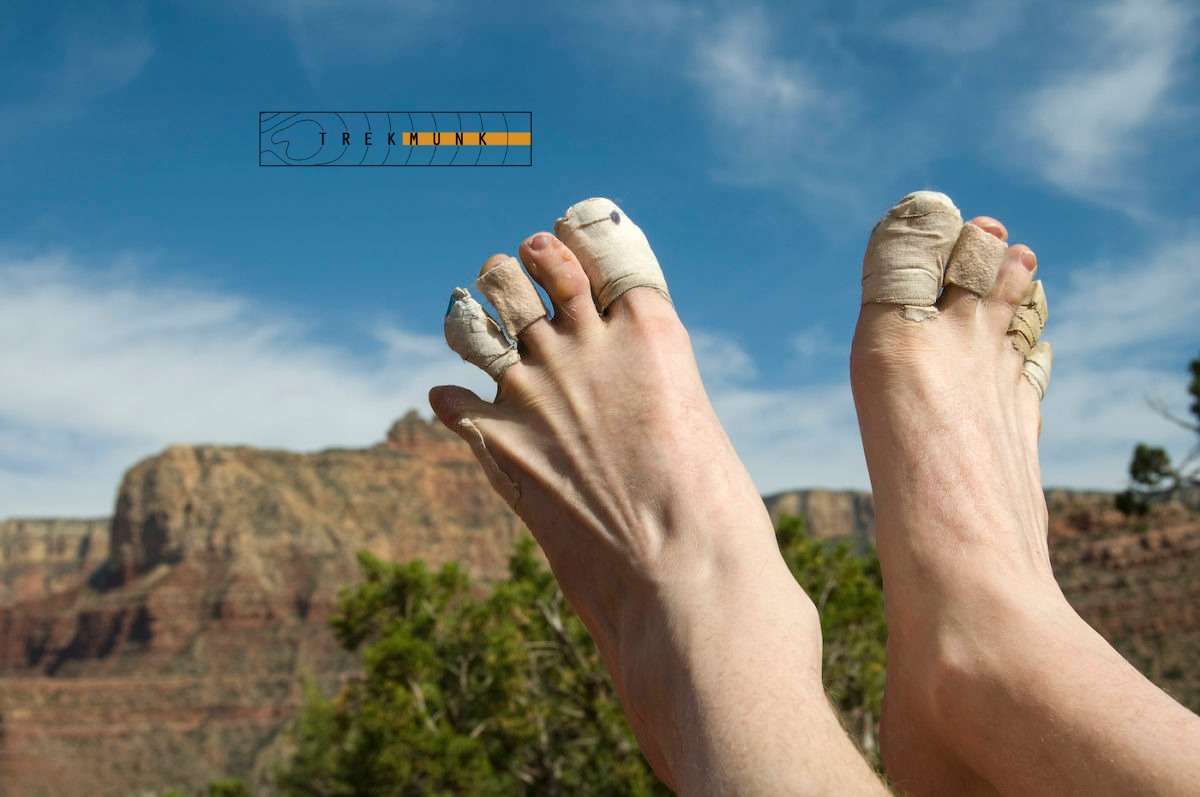
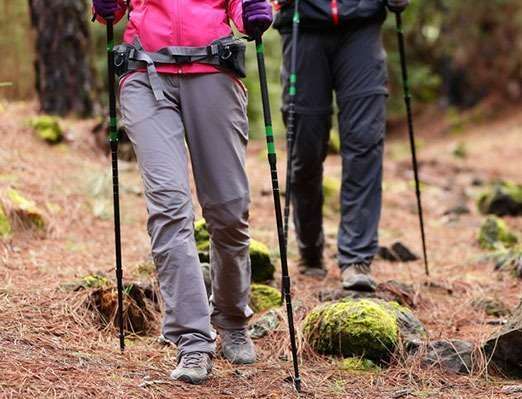
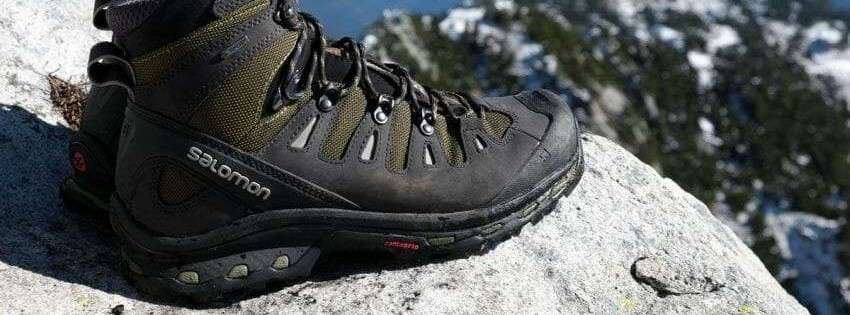
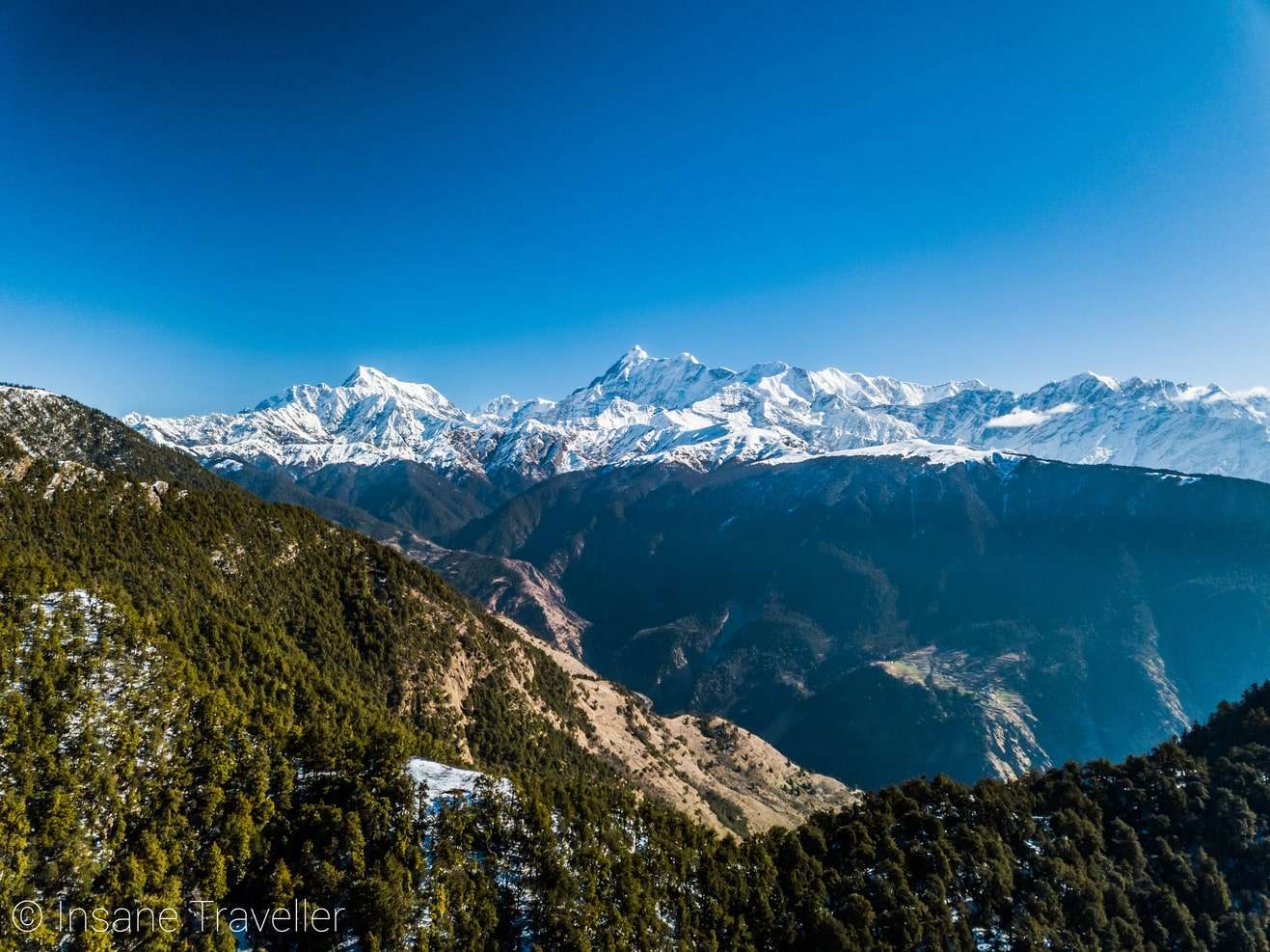
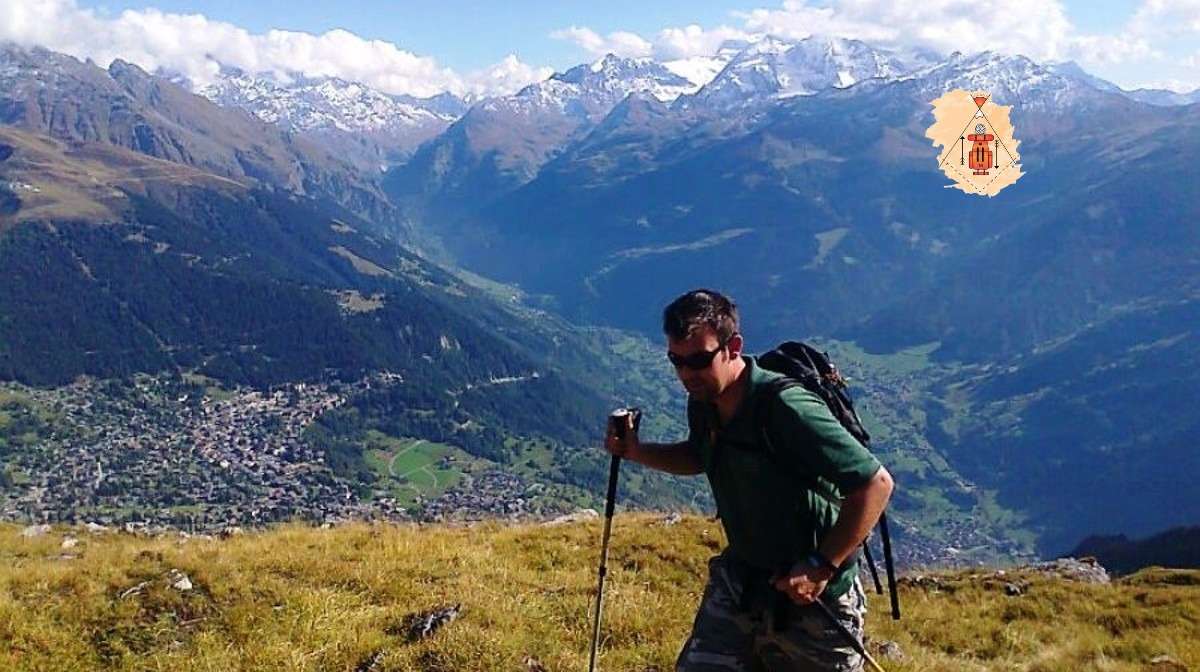
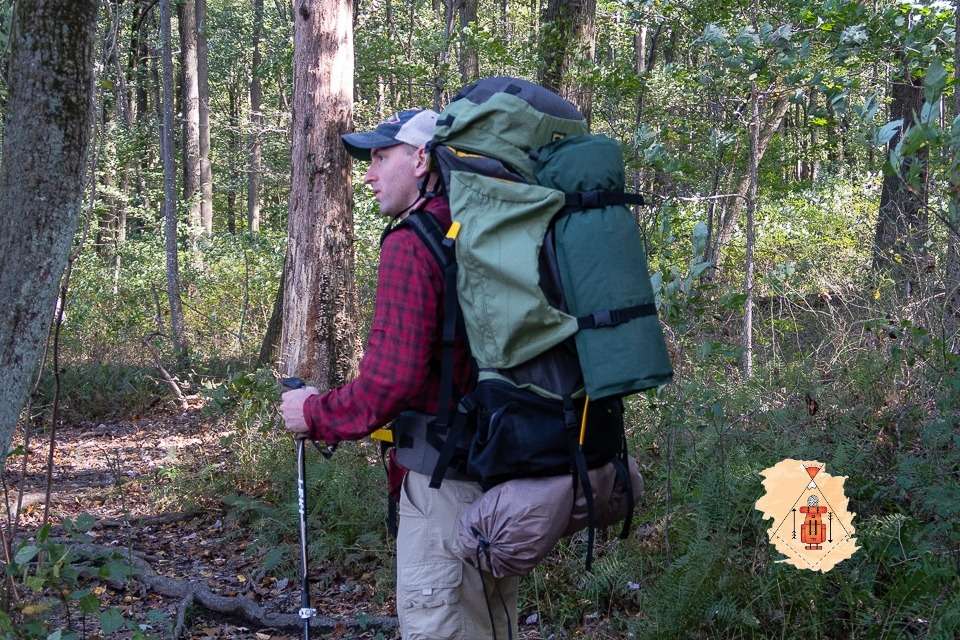
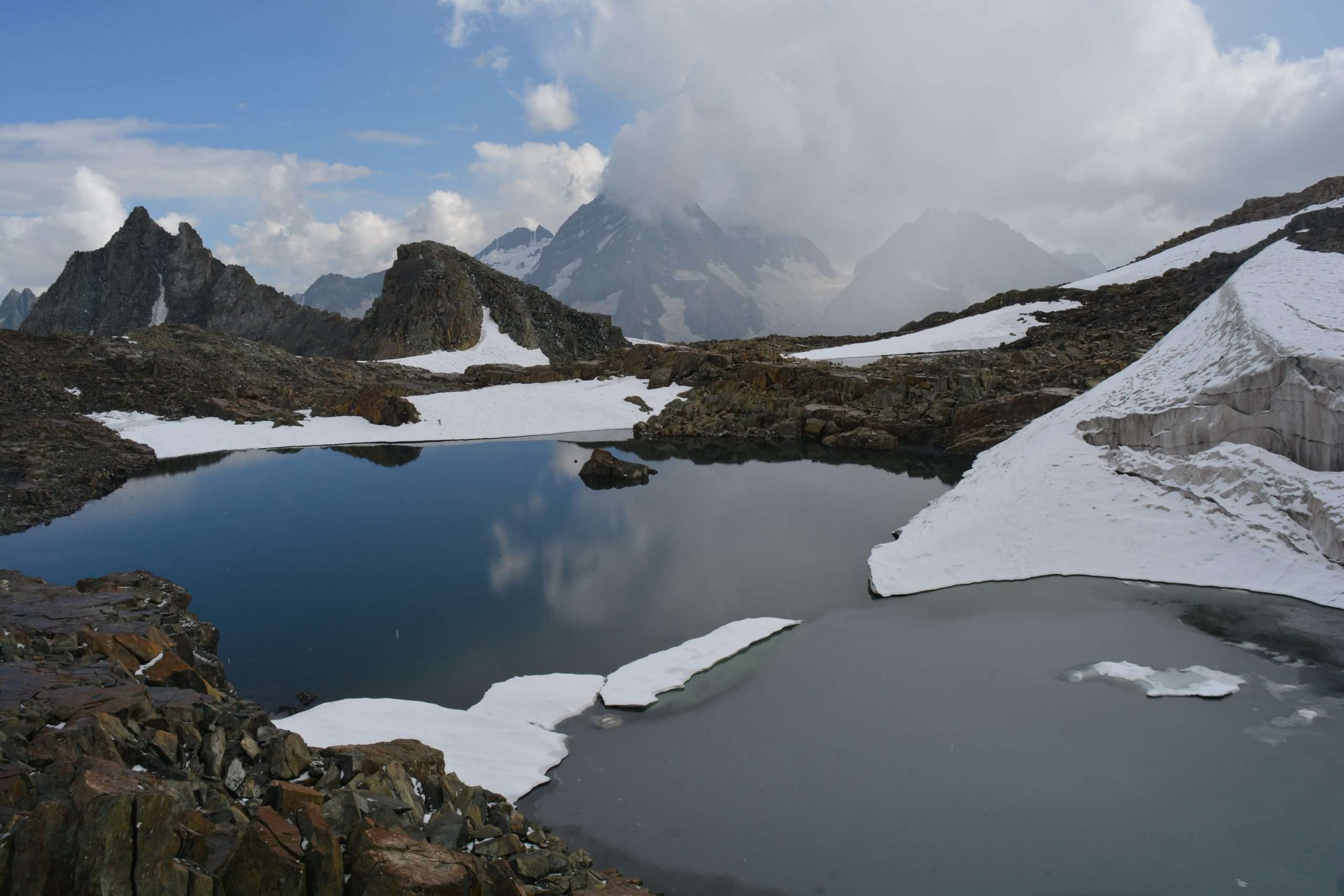
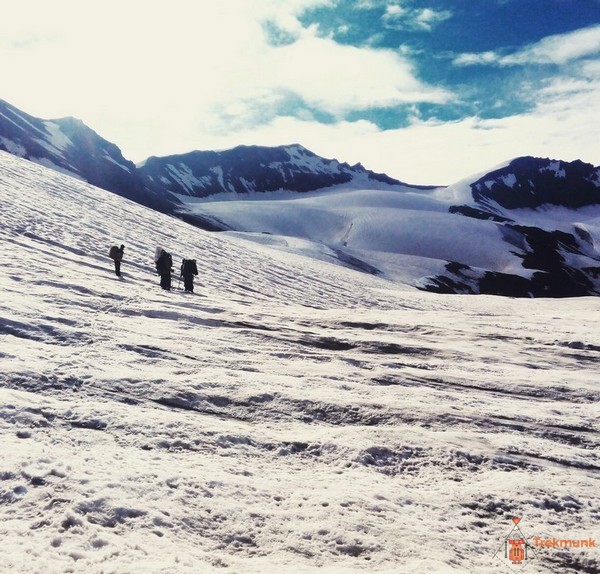
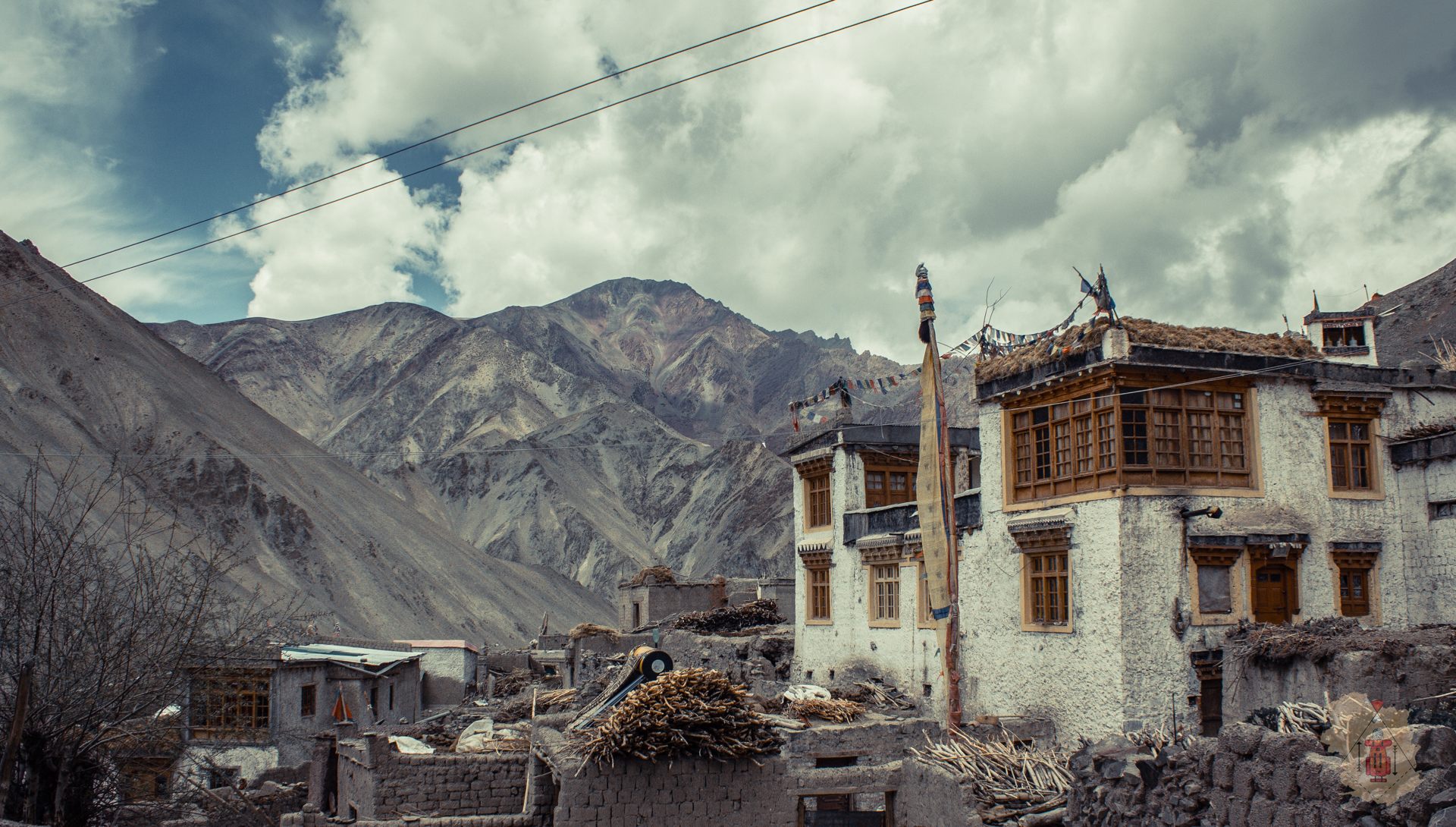
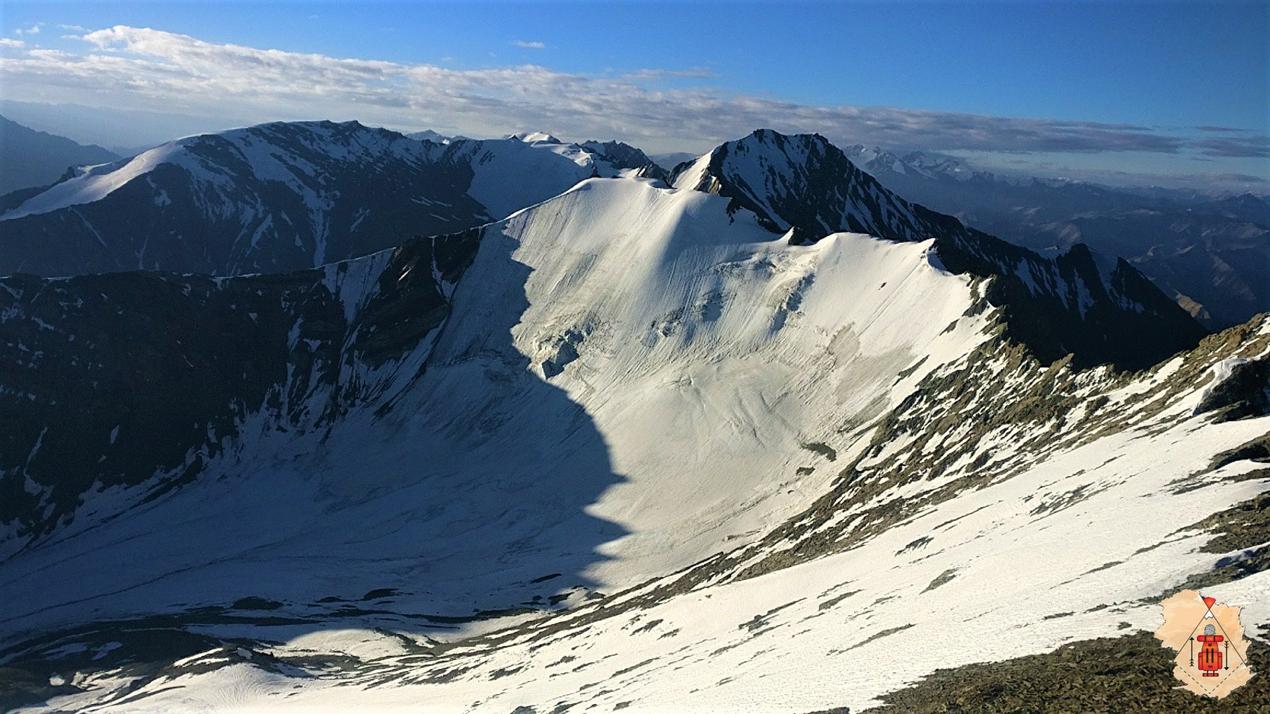

Harshit Patel : Co-Founder at Trekmunk. A certified Mountaineer, Skiier, has led more than 50 high altitude treks in the Indian Himalayas. He is an Engineer by profession but a traveler by passion. He has led treks in Kashmir, Ladakh, Uttarakhand, Himachal Pradesh, West Bengal, Sikkim and Nepal. He is a NOLS certified First Aid Responder and has covered 185,000+ km on Motorcycle. A Poet, Drone Pilot and Videographer at Insane Traveller Productions.